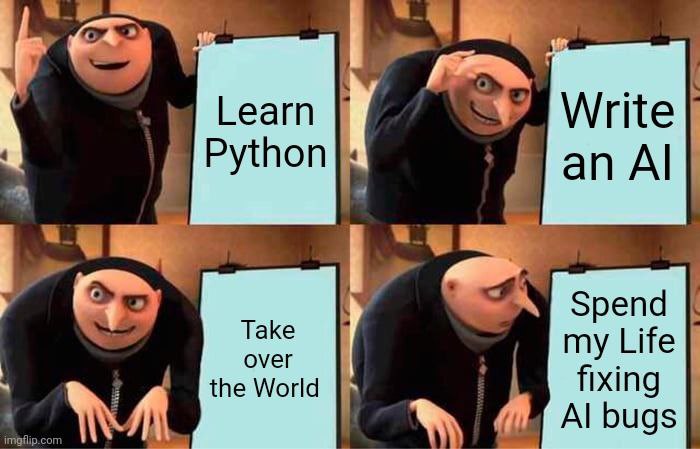Python Intro
 Photo by Denny Müller on Unsplash
Photo by Denny Müller on Unsplash
This is the first post in a tutorial series about Python. I wrote it to leave some material for my students but also for anyone who may find it useful
Why Python
 Everyone has different reasons to learn a programming language so I’m going to list a few which may or may not fit to your need:
Everyone has different reasons to learn a programming language so I’m going to list a few which may or may not fit to your need:
- Learning to use Python is easier than other languages
- Python is widely used from schools to enterprises
- There are a lot of powerful extensions
- There is a large community of developers
- There is a lot of tutorials available
How to use this tutorial
I attempted to present Python without forward references and adding many details I found useful in real applications.
Chapters are designed to be read in order; you can also choose a specific topic and read it autonomously: in case something is used which is not explained in the chapter you read, it should be explained in one of the previous. For this reason I believe this index can be a good point to navigate all the chapters forth and back
Some chapter make use of the excellent pyprez which in turn is fueled by the excellent pyodide to make your experience more interactive
- Setting up your environment
- The python REPL
- Some python literals, values and operators
- Main containers
- Variables and mutability
- Basic Builtin Functions
- Structured programming
- Functions, environment and closures
- Scripts
- Modules
- Introduction to object oriented programming
- Exceptions
- Introduction to filesystem and file IO
- Overriding of python operators
- Iterators and generators
- Coroutines
- Introduction to functional programming
I will refactor the chapter from time to time to fix errors, add information and improve readability



